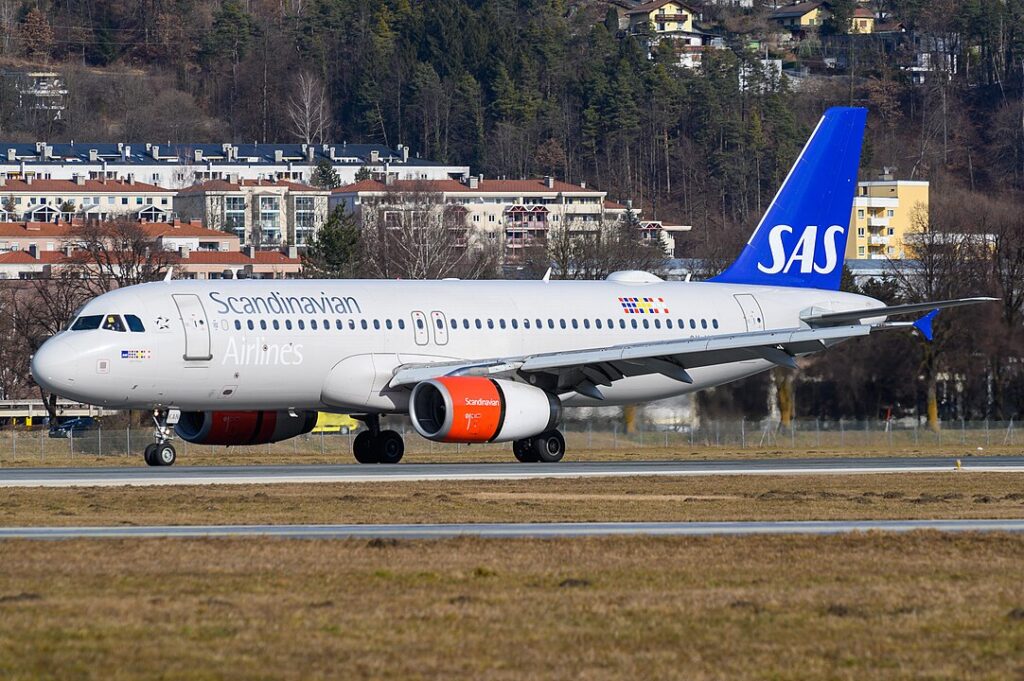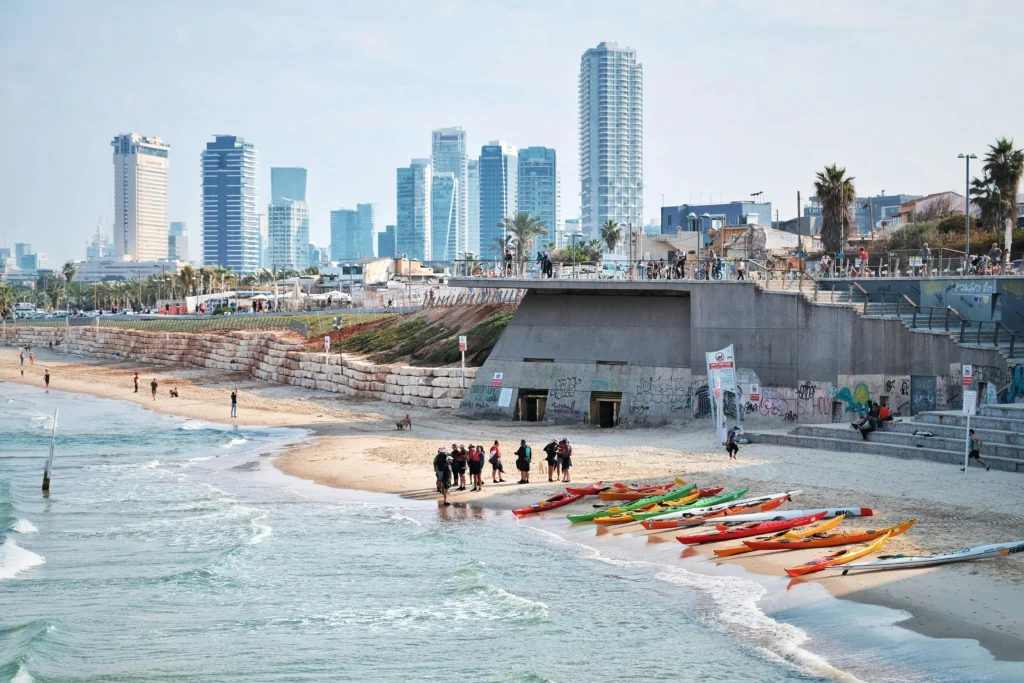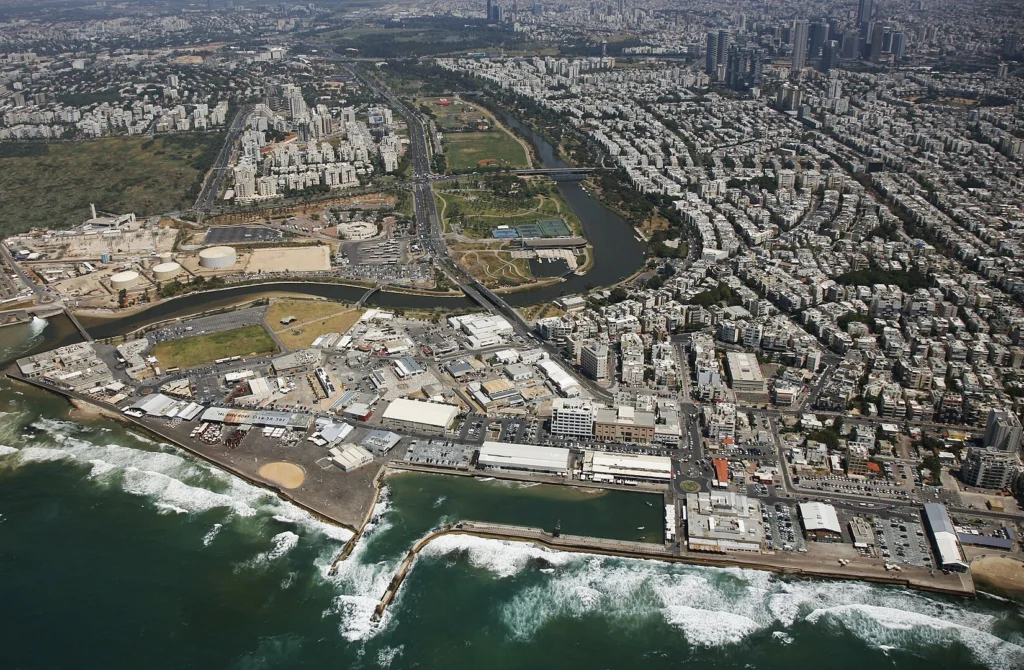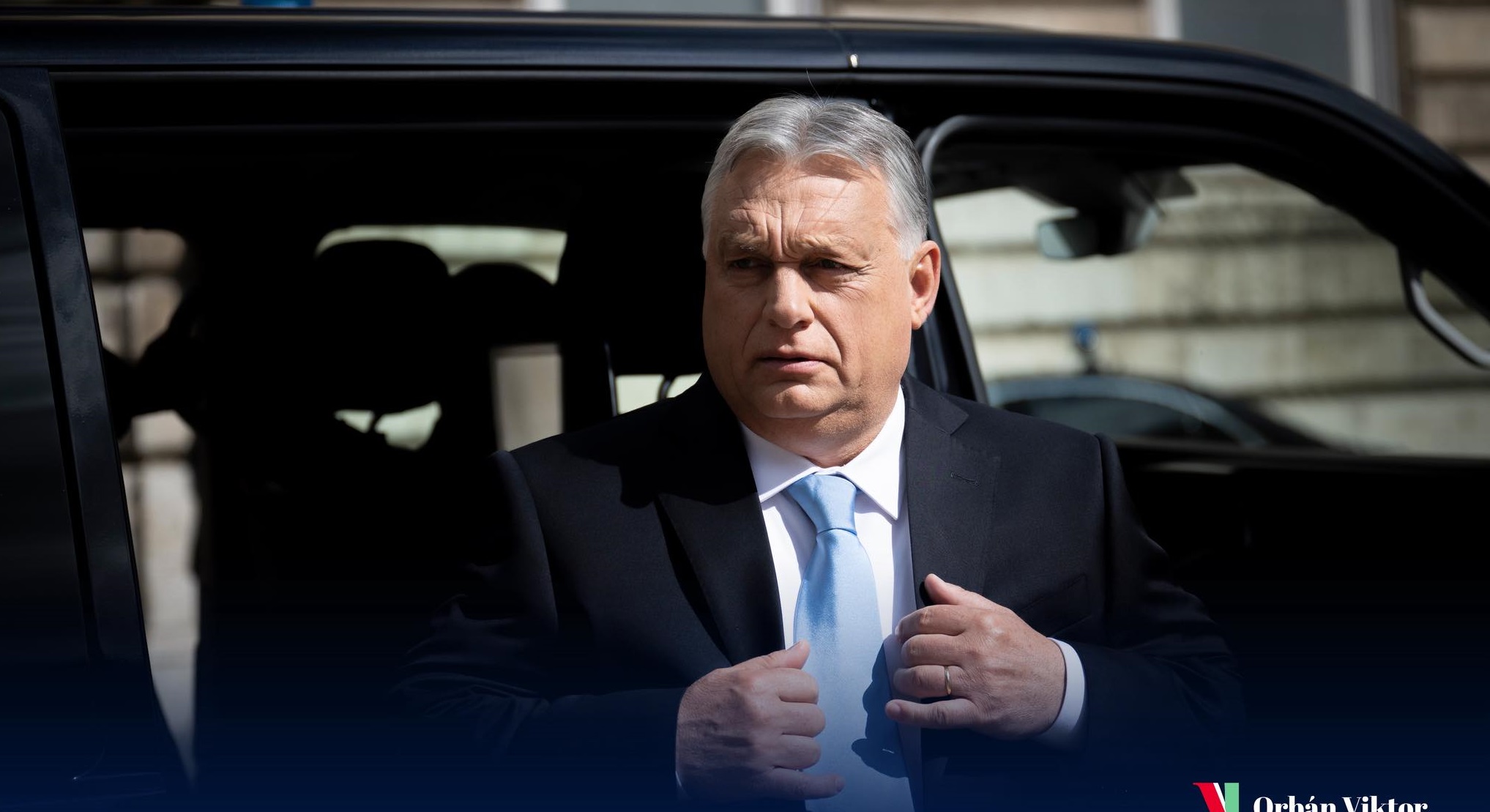
КОПЕНГАГЕН Scandinavian Airlines или SAS (SK) возобновят прямые рейсы в Тель-Авив (TLV) в конце октября, отмечая его возвращение в Израиль после почти десятилетия. Первоначально маршрут будет работать три раза в неделю.
В последний раз авиакомпания летала в Израиль в 2016 году. Повторный въезд в страну снова связывает Данию, Норвегию и Швецию с Ближним Востоком, что свидетельствует о возобновлении конкуренции на маршрутах между Северной Европой и Израилем.
 Фото: BriYYZ - https://www.flickr.com/photos/40563877@N00/49510100306/, CC BY-SA 2.0, https://commons.wikimedia.org/w/index.php?curid=87410253
Фото: BriYYZ - https://www.flickr.com/photos/40563877@N00/49510100306/, CC BY-SA 2.0, https://commons.wikimedia.org/w/index.php?curid=87410253Авиакомпания SAS возобновит полеты в Тель-Авив
SAS, флагманский перевозчик Дании, Норвегии и Швеции, обслуживает более 125 направлений по всему миру. Основные хабы авиакомпании находятся в Копенгагене (CPH), Осло (OSL) и Стокгольме (ARN).
Открывая рейсы в Тель-Авив, SAS восстанавливает связь, которая отсутствовала в течение многих лет, расширяя свою международную сеть и укрепляя связь между Скандинавией и восточным Средиземноморьем.
Маршрут Тель-Авив-Копенгаген планируется начать с трех еженедельных частот. Тарифы на билеты туда и обратно в конце Октябрь стоит около 312 евро, включая ручную кладь. Ценообразование ставит SAS в прямую конкуренцию с другими перевозчиками, уже работающими на этом рынке.
Возобновление авиакомпаний в Израиле
SAS не единственная авиакомпания, которая восстанавливает свое присутствие в Израиле. Несколько перевозчиков возобновили обслуживание после недавнего конфликта с Ираном, который нарушил региональные поездки.
Lufthansa Group (LH), в которую входят Lufthansa, Swiss (LX), Austrian Airlines (OS), Brussels Airlines (SN) и Eurowings (EW), возобновила ежедневные операции из крупных узлов во Франкфурте (FRA), Мюнхене (MUC) и Вене (VIE).
Испанский перевозчик Air Europa (UX) также вернулся с шестью еженедельными рейсами в Мадрид. Между тем, 4 сентября латвийская авиакомпания airBaltic (BT) готовится возобновить маршрут Рига (RIX) – Тель-Авив (TLV), что еще больше расширит доступ северной Европы к Израилю.
 SAS A320 | Фото: Тони Хиджетт из Бирмингема, Великобритания | Wikimedia Commons
SAS A320 | Фото: Тони Хиджетт из Бирмингема, Великобритания | Wikimedia CommonsВлияние на конкуренцию и взаимосвязанность
Возвращение SAS добавляет скандинавское измерение к воздушной связи Израиля, предоставляя путешественникам в Северной Европе более прямые возможности.
Для Израиля это означает дополнительные возможности въездного туризма из Скандинавии, а также более плавные дальнейшие связи через Копенгаген в пункты назначения по всей Европе, Северной Америке и Азии.
Конкурс на Тель-Авиве – Северный Европейские маршруты, как ожидается, увеличатся, особенно по мере того, как несколько устаревших перевозчиков и бюджетных авиакомпаний расширят свои предложения. Для пассажиров это обычно означает больший выбор и конкурентоспособные тарифы.
 Фото: Thång-Nh-t Trān: https://www.pexels.com/photo/beach-in-tel-aviv-in-israel-17699658/
Фото: Thång-Nh-t Trān: https://www.pexels.com/photo/beach-in-tel-aviv-in-israel-17699658/Тель-Авив, Израиль Путеводитель
Известный как город, который никогда не спит, Тель-Авив привлекает посетителей круглый год своей ночной жизнью, пляжами, едой и культурой. Большинство путешественников прибывают через аэропорт Бен-Гурион (TLV), самый оживленный центр Израиля, который соединяет город с миром.
Тель-Авив, который часто называют Майами Ближнего Востока, имеет репутацию энергетического и инклюзивного города. Его современный горизонт, яркие районы и непринужденный средиземноморский образ жизни делают его местом назначения, не похожим ни на одно другое.
Исследуйте сердце города
Основанный чуть более века назад на песчаных дюнах, Тель-Авив быстро превратился в экономический и культурный центр Израиля. Сегодня город балансирует передовые технологии с процветающей художественной сценой, историческими кварталами и некоторыми из лучших ночных клубов региона.
Посетители могут пройти от небоскребов бульвара Ротшильд до многовековых переулков Яффы (TLV) менее чем за полчаса, не понаслышке почувствовав контрасты города.
 Фото: © Simon Mannweiler / Wikimedia Commons, CC BY-SA 4.0, https://commons.wikimedia.org/w/index.php?curid=63987763
Фото: © Simon Mannweiler / Wikimedia Commons, CC BY-SA 4.0, https://commons.wikimedia.org/w/index.php?curid=63987763Пляжи и набережная
Пляжи Тель-Авива являются социальным центром города. Гордон Бич, Банан Бич и Фришман Пляж является одним из самых популярных мест для принятия солнечных ванн, плавания и наблюдения за людьми.
Tayelet, набережная, протянувшаяся вдоль побережья, связывает Тель-Авив с Яффой и облицована кафе, велосипедными дорожками и уличными исполнителями.
Старый Яффо
Яффо, когда-то крупный порт, теперь является исторической жемчужиной в городе. Посетители могут исследовать его блошиные рынки, художественные галереи, каменные аллеи и архитектуру османской эпохи. Его мирное очарование резко контрастирует с быстро развивающимся центром Тель-Авива.
Культурные кварталы
Йеменский квартал известен своими извилистыми улицами и семейными закусочными, предлагающими подлинные израильские блюда по доступным ценам.
Улица Бялик сохраняет важные культурные достопримечательности, в том числе Музей Рубина и Бейт-Хаир. Бульвар Ротшильда сочетает в себе архитектуру Баухауса с историческими музеями, такими как Зал Независимости, где была подписана Декларация независимости Израиля.
Где остановиться
В Тель-Авиве есть сочетание роскошных отелей, бутик-отелей и бюджетных вариантов. Высококлассные варианты включают в себя Dan Tel Aviv, известный своим пляжным Royal Suite, и David Intercontinental, предлагающий виды на океан и спа-центры.
Отель Herods очаровывает гостей элегантными номерами в нескольких шагах от моря. Бюджетные путешественники часто выбирают такие места, как Spot Hostel, Hotel Gilgal или Sea-Land Suites для комфорта по более низким ценам.
Еда и местная кухня
Тель-Авив - рай для любителей еды. Посетители могут попробовать:
- Фалафель - жареные шарики из нута, часто подаются в пита-хлебе.
- Шакшука - яйца, браконьерские в томатном соусе с травами и специями.
- Шницель - печеные куриные котлеты, обычно с питой или картофелем фри.
- Гуммус Национальный продукт, который едят почти с каждым приемом пищи.
- Израильский салат - свежие огурцы, помидоры, лук и травы с оливковым маслом и лимонным соком.
Уличные продовольственные киоски и местные рынки, такие как рынок Кармель, добавляют к кулинарной энергии города.
 Фото: אילן אר O — Собственная работа, CC BY-SA 3.0, https://commons.wikimedia.org/w/index.php?curid=22046632
Фото: אילן אר O — Собственная работа, CC BY-SA 3.0, https://commons.wikimedia.org/w/index.php?curid=22046632Советы по путешествиям
- Всегда носите с собой действительные документы; местная валюта - израильский шекель (ILS).
- Упакуйте легкую одежду; лето жаркое, а зима мягкая.
- Общественный транспорт включает автобусы, общие такси (Шеруты) и поезда. Ходьба и езда на велосипеде популярны на короткие расстояния.
- Uber недоступен, но местные приложения такси работают надежно.
- Изучение нескольких фраз на иврите делает местные взаимодействия более плавными.
Попасть туда
- По воздухуАэропорт Бен-Гурион (TLV) является основным международным шлюзом с ежедневными рейсами от таких авиакомпаний, как IndiGo (6E) и El Al (LY).
- По железной дорогеПоезда связывают аэропорт с центральными Тель-Авивом, Иерусалимом и Хайфой, предлагая бесплатный Wi-Fi и современные удобства.
- По дорогеТрансграничный въезд из Иордании или Египта возможен через официальные контрольно-пропускные пункты, хотя большинство путешественников летают напрямую.
Погода и лучшее время для посещения
Тель-Авив имеет средиземноморский климат. Лето жаркое и сухое, с максимумами около 32 ° C, в то время как зима мягкая при 10-20 °. С.
Лучшее время для посещения — весна (март-апрель) и осень (сентябрь-ноябрь), когда температура приятная, а толпа управляемая. Лето оживленное, но дорогое, а зима привлекает европейских туристов, ищущих солнечного света.
Оставайтесь с нами. Следуйте за нами в социальных сетях для последних обновлений.
Присоединяйтесь к нам в Telegram Group для последних обновлений авиации. Следуйте за нами в Google News
SAS Airlines запустит новые рейсы в Сиэтл с A350
Авиакомпания SAS возобновила полеты в этот азиатский город после 10 лет, впервые появившись на Aviation A2Z.












